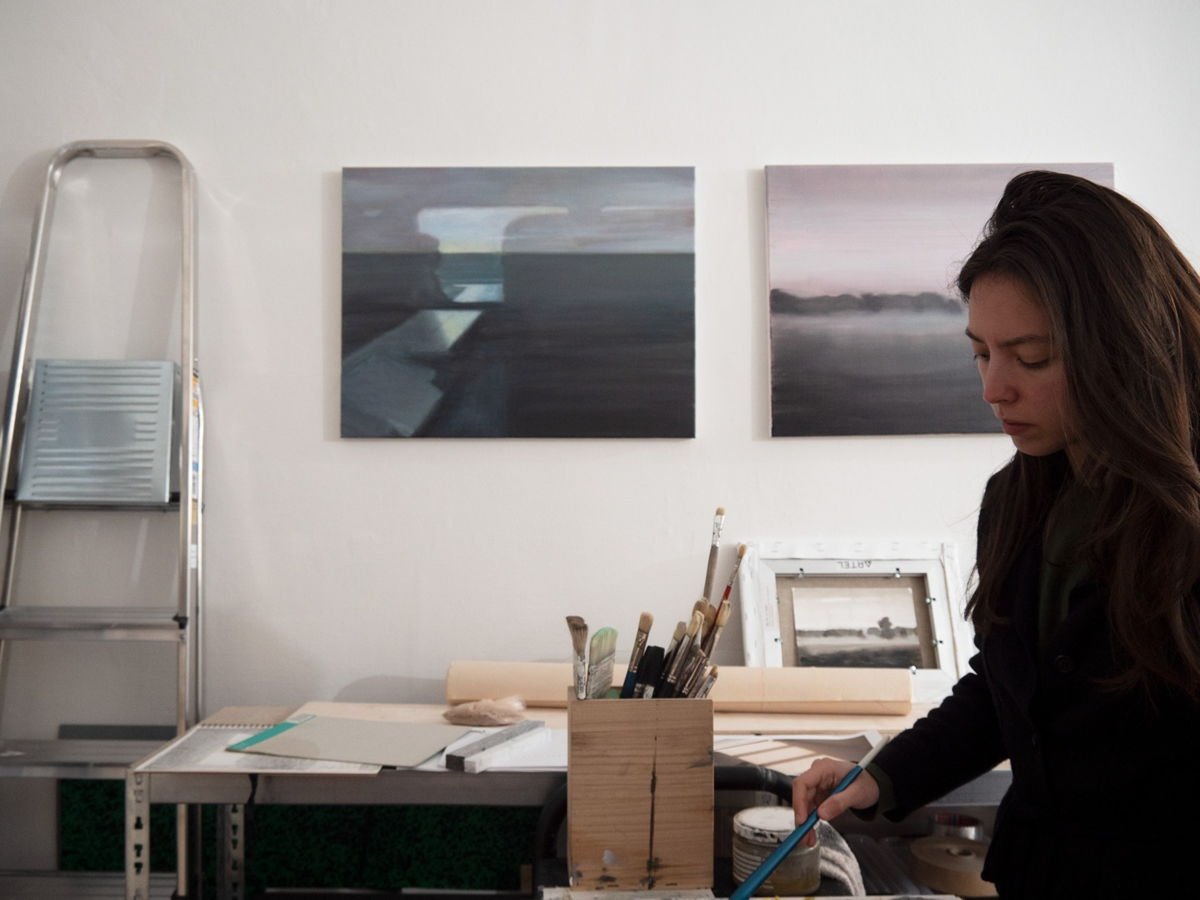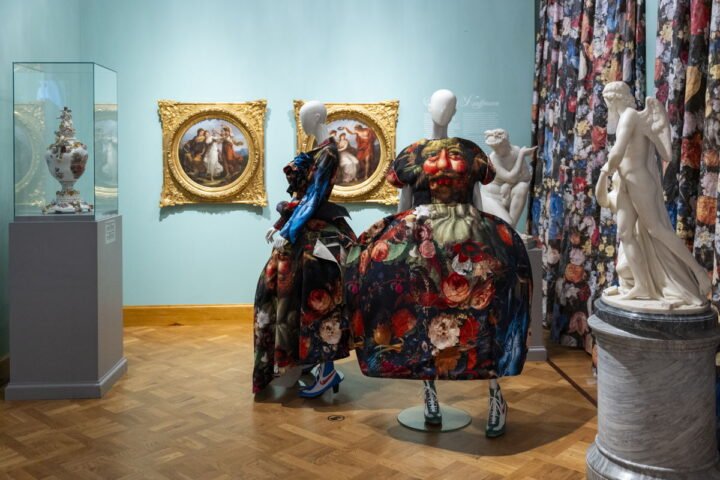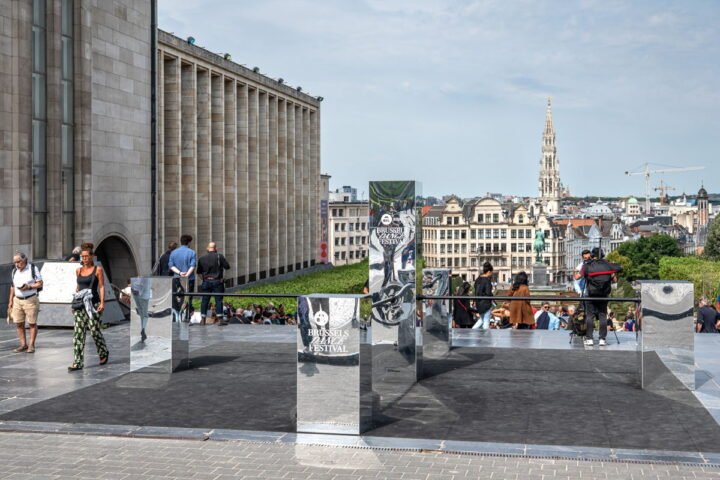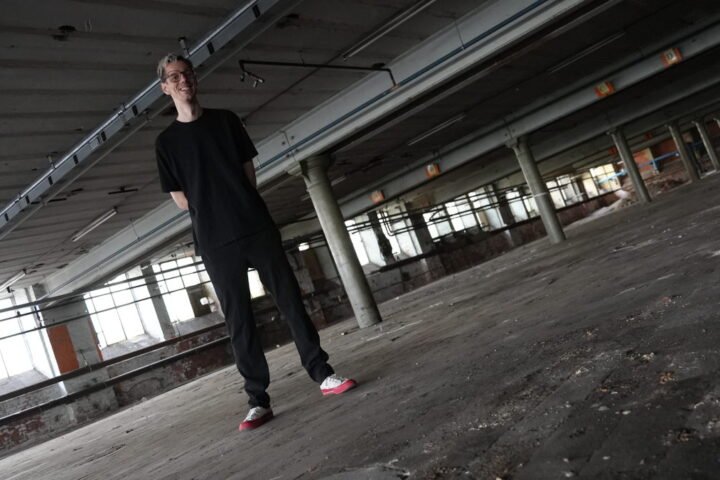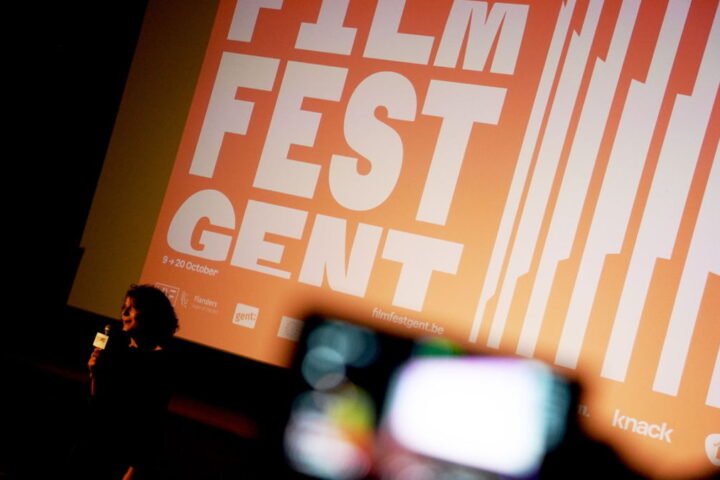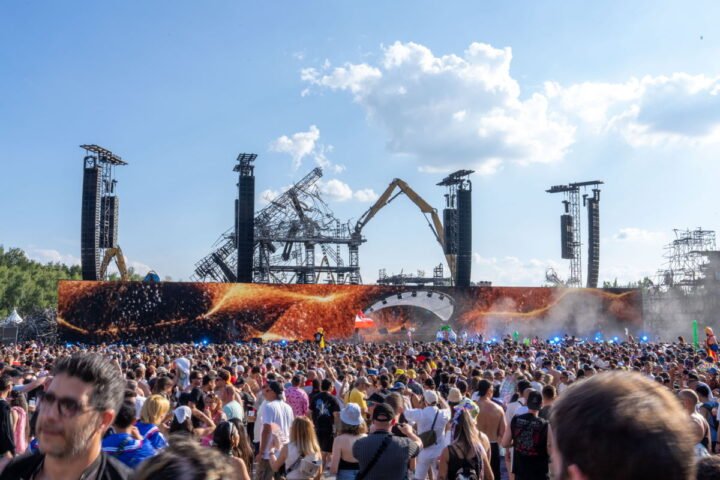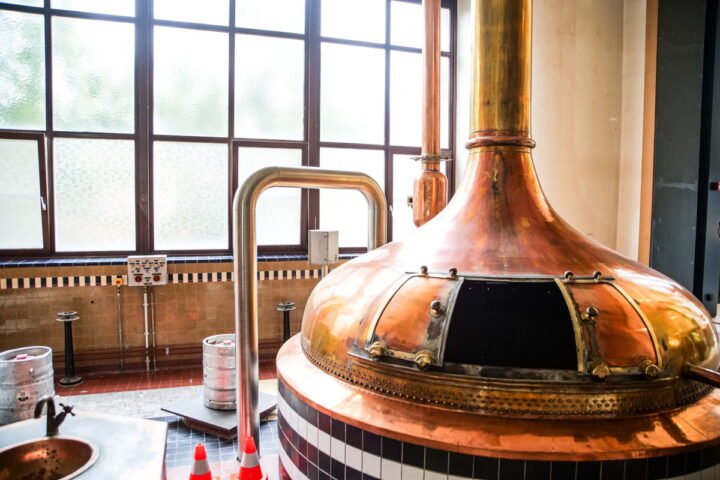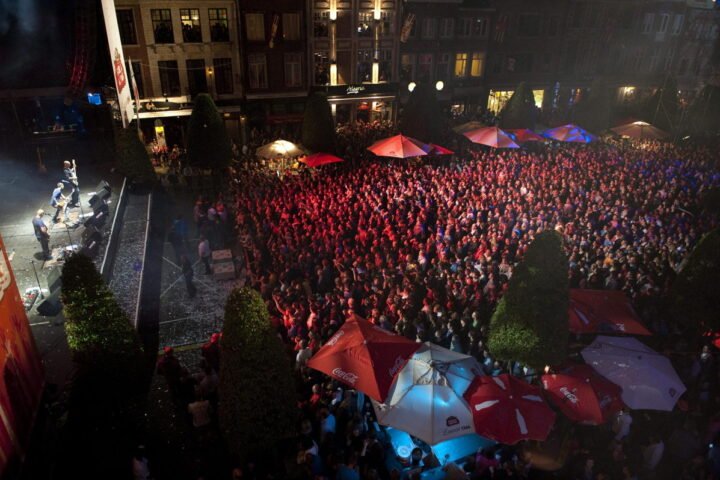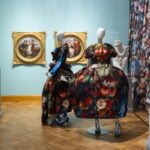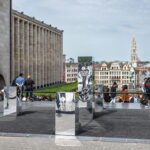Art is a personal journey, yet there often exists a divide between the artist and the audience. This week, Belga English presents a series of four intimate interviews with female artists in Belgium.
Artist Michiko Van de Velde, who explores the theme of light through her work, aims to expand the existing Japanese vocabulary surrounding the concept. “It feels like there are still words missing,” she states, emphasizing that the language developed before modern technology, which has changed our experiences with light and shadows, including those produced by computers and electricity.
Between Two Worlds
Van de Velde’s fascination with light is rooted in her childhood experiences. The daughter of classical musicians, she was frequently shuttled between Tokyo and Brussels. Her artistic endeavors strive to create a connection between these two culturally distinct cities. “I grew up mostly in Belgium, so there is a missing puzzle piece with Japan,” she explains, noting her desire to unify the two cultures in her work.
She pinpointed a moment when Brussels and Tokyo are united by light—a unique installation she created called “We never live at the same time, except when it’s blue.” This occurred during the summer solstice on June 21, 2017, when light in both cities converged between sunset in Brussels and sunrise in Tokyo. “There is one color that unifies both countries,” she remarked, illustrating how this moment allowed people from different generations and languages to communicate.
Through webcams installed in both cities, Van de Velde captured this shared moment when the horizon appeared as an identical shade of blue. During this brief interval, she contacted her grandmother in Japan, merging their conversation in both French and Japanese. “It was a short moment, but a shared one,” she recalls.
Continuing her exploration, Van de Velde replicated the Kanji symbol for “sun” (日) during the winter months, using it to depict the overlap of sunset and sunrise in dreamlike shades on Japanese woodblocks. “Two countries are combined into one character,” she explains.
Differences in Light
According to Van de Velde, the gradual transitions of light in Belgium allow for deeper contemplation. “In Japan, the changes from day to night are so fast that there is not as much time to observe,” she notes, adding that in Belgium, the weather often obscures the sun. This contrast reveals cultural attitudes toward sunlight—Belgians seek it out for warmth, while in Japan, there is often a desire to escape the heat.
She references Japanese author Jun’ichirō Tanizaki’s essay, “In Praise of Shadows,” highlighting the importance of finding cool darkness amid the heat. However, she also acknowledges the shifting climate in Belgium, noting how recent heatwaves have prompted a newfound search for shade.
“There is no specific story. Just moments in time,” she articulates regarding her artwork.
Van de Velde emphasizes capturing temporal moments rather than evoking nostalgia. A particular instance that sparked her creativity occurred while waiting for a tram, as she observed sunlight creating circular shapes on a nearby truck—a phenomenon reminiscent of “komorebi,” the Japanese term for sunlight filtered through foliage. She realized that the camera obscura effect was projecting the sun’s image in a reversed manner, inspiring her latest series of artworks entitled “komorebi.”
While projections are integral to her creative approach, Van de Velde encourages audiences to interpret her art through their own perspectives. “I want them to bring their own thoughts to my art,” she asserts, seeking to empower viewers to extract personal meaning from her work.
Her commitment to accessibility is evident as she engages with exhibition spaces, considering how natural light interacts with the environment. “I am always referring to what nature is giving me and going from there,” she explains.
In 2025, Van de Velde will unveil her first permanent site-specific piece outside Notre Dame Tournai, as part of the EU-funded project TOURNAI UNESCO EXPERIENCE. This work features sundials constructed from Carrera marble that align with the cathedral’s shadows on the summer solstice.
Currently, she is preparing for her largest piece to date, measuring five meters wide, for the upcoming exhibition “Fire” at Villa Empain. This exhibition celebrates the elemental force of fire, showcasing her ongoing dedication to exploring the myriad interpretations of light.
Similar to the various meanings attached to the concept of “light” in Japanese, Van de Velde will continue to innovate ways to capture and project fleeting moments onto diverse surfaces.
